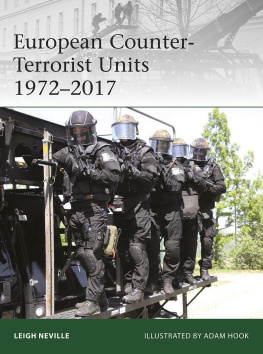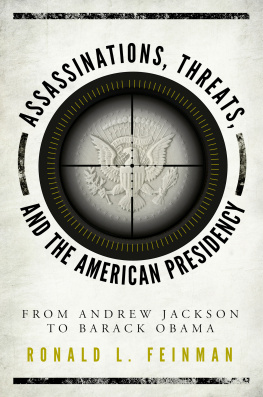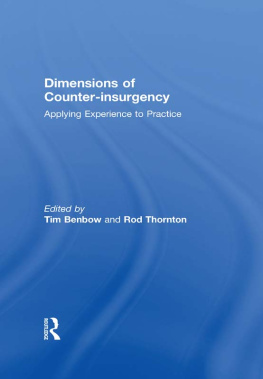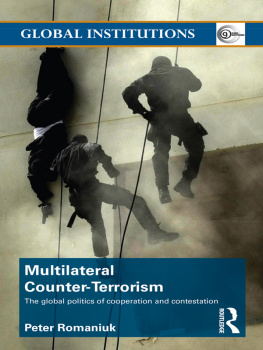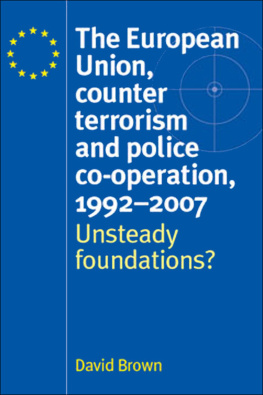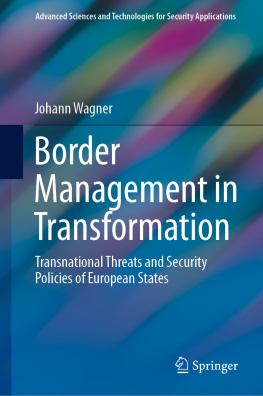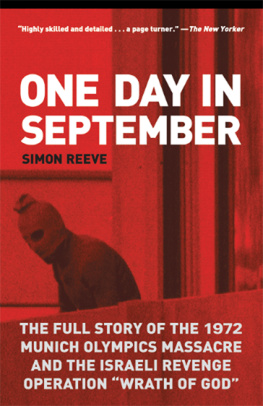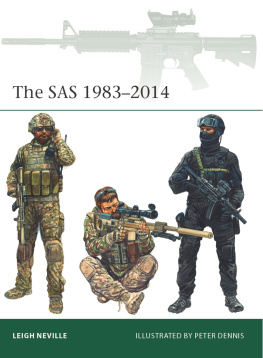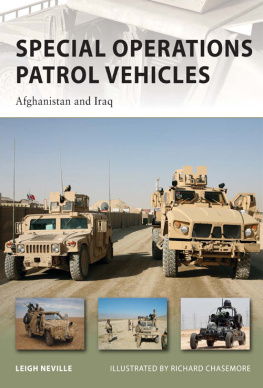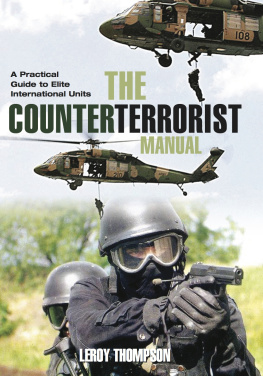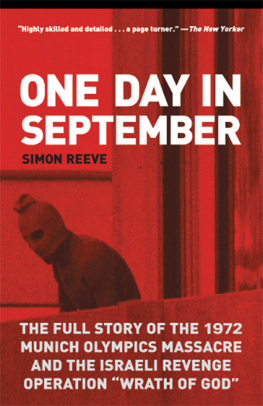To all past and present members of the intervention teams, particularly to those who have been wounded in the line of duty, or who have made the ultimate sacrifice in the fight against terror.
EUROPEAN COUNTER-TERRORIST UNITS 19722017
THE LESSON OF MUNICH
On 5 September 1972, Palestinian Black September terrorists broke into the quarters of the Israeli team at the Munich Olympic Village and took 11 hostages, two of whom were subsequently murdered. Negotiations saw the terrorists demand the release of a large number of Palestinian terrorists held in Israeli jails, along with the two founders of the Red Army Faction (RAF), a German far-left radical group. Finally, they demanded a chartered flight to Cairo to spirit the terrorists away.
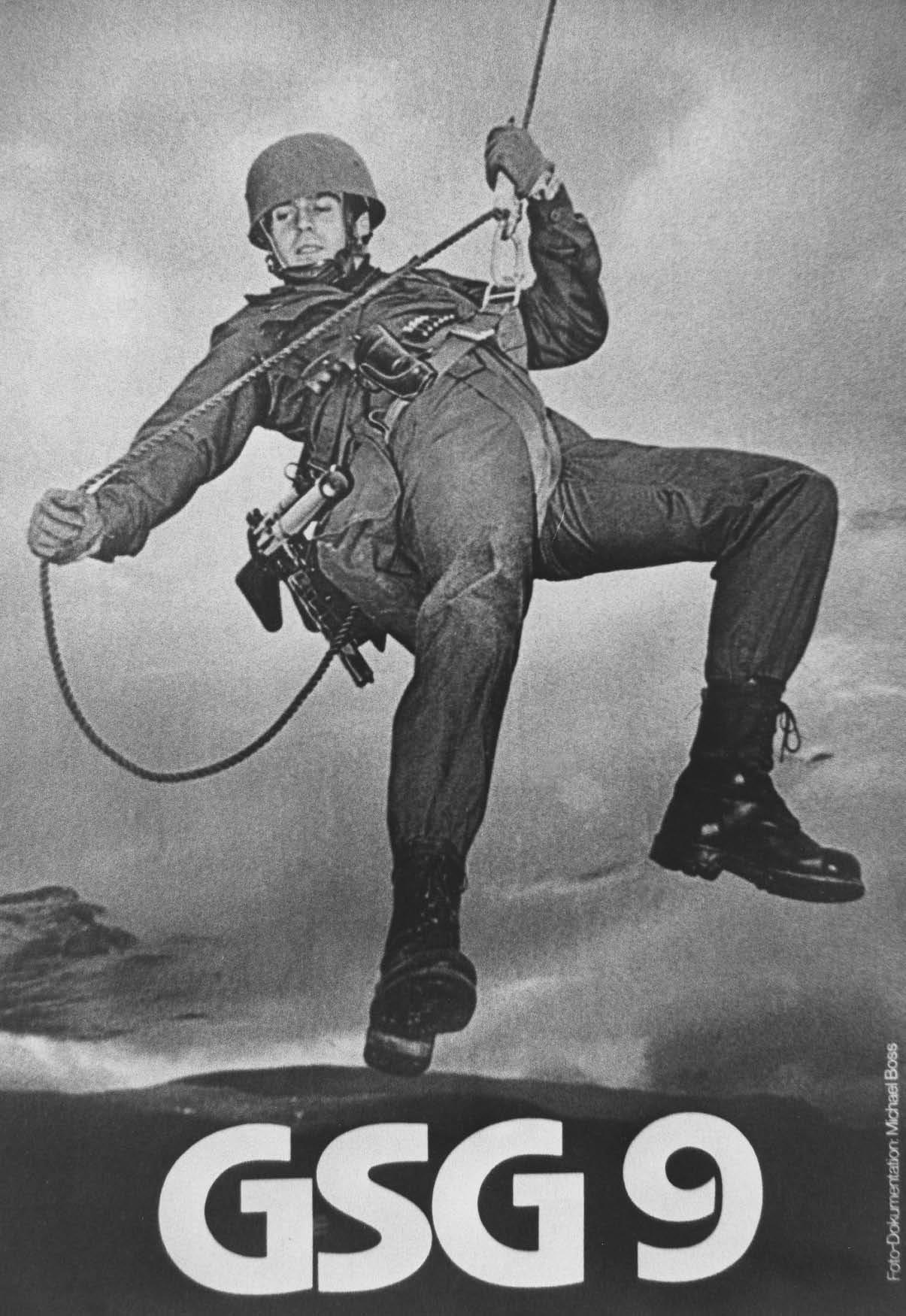
An iconic 1979 recruiting poster for West Germanys Border Police Group 9. It shows an abseiling officer wearing the earlier Bundeswehr paratroopers helmet (later replaced with the famous TIG design with a camouflage cover) and armed with an MP5A2 fitted with two straight magazines fixed together for rapid reloading. He also carries a Smith & Wesson .357 revolver on a belt with extra cartridge loops. (Photo Kucharz/ullstein bild via Getty Images)
In 1972 no dedicated counter-terrorist intervention force existed in any European country. The Germans were caught completely unprepared for the Munich incident, and their response was amateurish at best. After repeated threats against the hostages, the German government informed the terrorists that their demands would be met; they would be flown by helicopter to Furstenfeldbruck airport, where they would board a Lufthansa aircraft that would take them to Cairo. In fact, the German police planned to neutralize the terrorists at Furstenfeldbruck. A small team of police officers, disguised in Lufthansa crew uniforms, were tasked with killing or capturing the terrorists when they boarded the aircraft. Any who escaped would be gunned down by a team of police marksmen on the perimeter. At literally the last minute, the disguised officers decided amongst themselves that the operation was too risky, and they stood down. The intervention was left instead to a five-man team of marksmen, who were now to ambush the terrorists as they arrived at the airport.
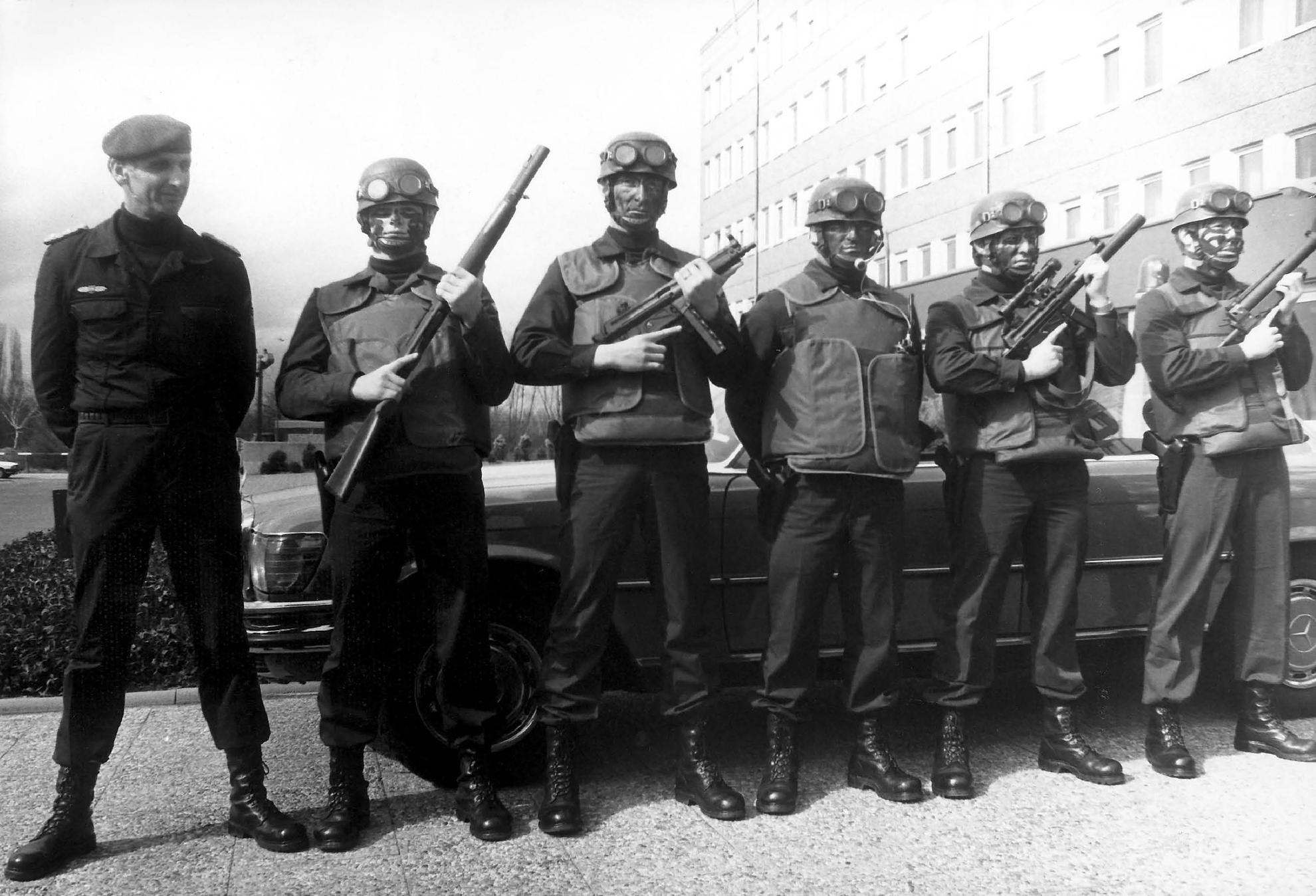
A late-1970s image of Col Ulrich Wegener, commander of GSG9 (left), wearing the Federal Border Police green beret, and a five-man Sonder-Einsatztrupp (SET, special action squad) of his unit; . The officers wear British-made Bristol body armour, and carry (from left to right:) a 12-gauge HK502 shotgun; a 9mm MP5A2 SMG; an MP5SD3 sound-suppressed SMG fitted with an early Hensoldt Aiming Point illuminator; and a 40mm HK69 grenade launcher. (Photo Kucharz/ullstein bild via Getty Images)
The terrorists and their hostages were transported to Furstenfeldbruck by military helicopter, one of which landed barely 50 metres from the marksmen. Illustrating the appalling quality of police intelligence, the marksmen were surprised when eight terrorists, not the five that they had planned for, disembarked. As the terrorists left the helicopters to approach the getaway plane the order was given to open fire. The marksmen, none of whom were trained snipers, missed their targets and triggered a protracted and bloody firefight, which resulted in the deaths of all of the hostages, one policeman, and five of the eight terrorists. In the confusion two of the police marksmen were even shot by fellow officers. The operation was an unmitigated disaster.
The German authorities were roundly criticized for their handling of the operation. To add insult to injury, Germany released the surviving Black September terrorists the following month after a Lufthansa airliner on a flight from Damascus to Frankfurt was hijacked to gain leverage. The Federal Ministry of the Interior immediately and quietly took steps to ensure that Germany would have an effective CT response in future. This initiative led directly to the formation of the first dedicated intervention unit within Europe: the famous Grenzschutzgruppe 9 or GSG9 of the Federal Border Police. Its first commander, Col (now Gen) Ulrich Ricky Wegener, was adamant: We could not afford another Munich. Following Germanys lead, many European governments began to establish their own intervention teams.
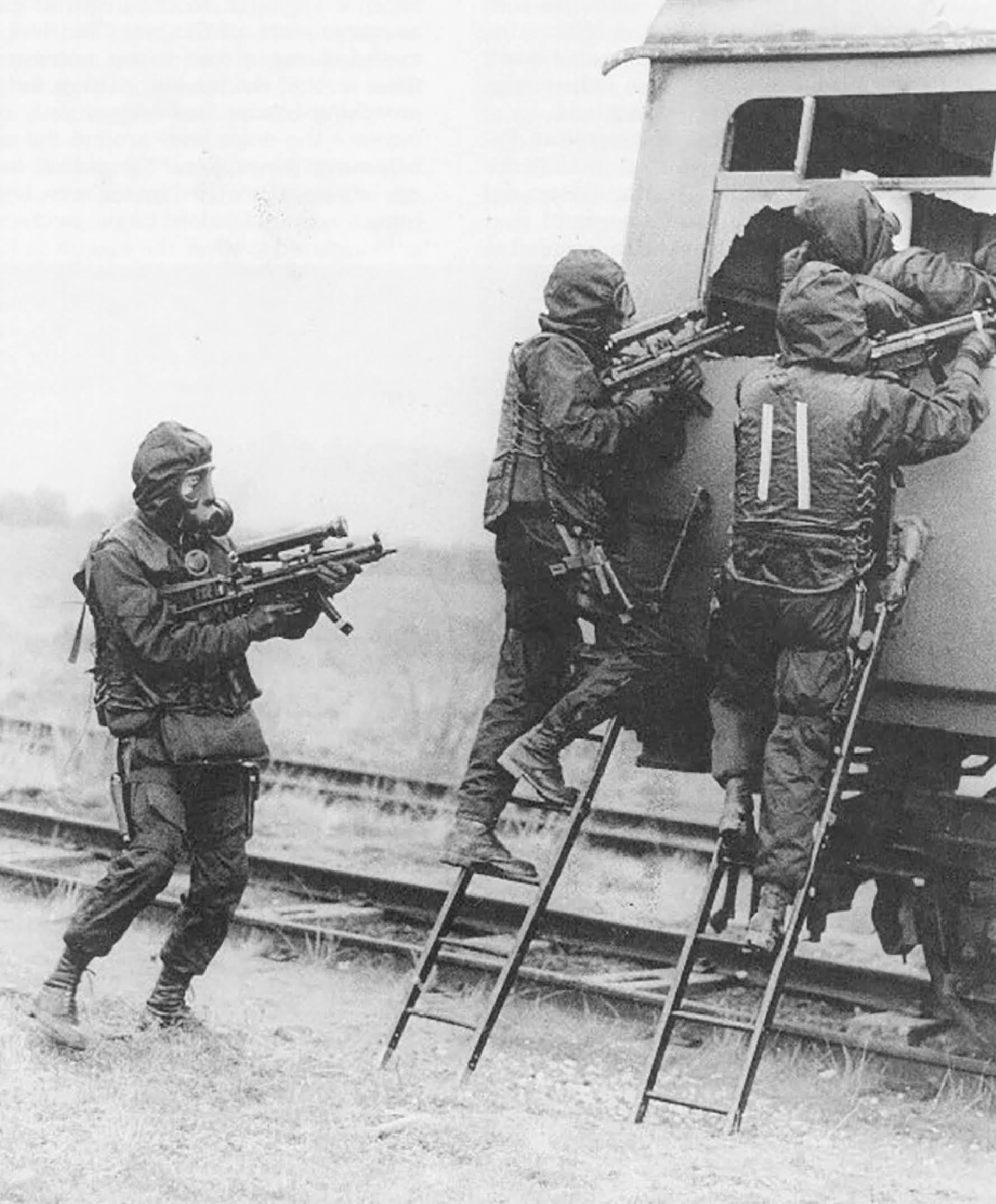
A classic image of a 22 SAS Special Projects team from the early 1980s photographed during a train assault exercise; compare with Plate A2. Note the black Bristol armour with pouches for ceramic trauma plates (similar to the green-coloured version used by GSG9); the large Maglite flashlights mounted over the receivers of their MP5s; and the extended 20-round magazines in the 9mm Browning High Power pistols carried in drop holsters. (Photographer unknown; private collection)
Amongst the first were the French, with the equally famous Groupe dIntervention de la Gendarmerie Nationale (GIGN), and the British, who tasked the Armys 22 Special Air Service (SAS) Regt with developing a CT capability. While these early units were still being established international terrorism increased in both frequency and violence; this was spurred on by the rapid growth in global television coverage, meaning that terrorist demands could be heard by an ever growing audience. Equally, after Munich many European governments simply acceded to terrorist demands, paying ransoms or releasing prisoners. This policy of appeasement had a negative effect on the development and particularly the deployment of intervention units. Many governments were simply too frightened of the consequences of an operation going wrong, with hostages murdered in the glare of the worlds media, to commit to deploying their fledgling CT units. Equally, they feared the public relations implications of even a successful intervention.
The late Capt Andrew Massey of the British SAS, architect of the first SAS CT efforts, measured the mood when he noted in a 1972 report: use of shock tactics [by the SAS to resolve a terrorist incident] is certain to produce violent scenes abhorrent to the public eye, and likely to provoke unfavourable press reaction. It would not be until after the Israeli operation at Entebbe in 1976, and GSG9s successful liberation of a hijacked Lufthansa flight in 1977, that European governments began to believe that tactical interventions against terrorists could work.
The enemy
Other than Palestinians, the terrorists of the 1970s and into the 1980s were predominantly far left or far right-wing organizations that grew out of an international mood of student radicalism and nihilism; there were few if any jihadists as we know them today. The terrorists of the time would often work together towards common goals. For instance, the Japanese Red Army (JRA) carried out a murderous attack at Israels Lod airport in 1972 in support of imprisoned German Red Army Faction terrorists. Many groups were also financially sponsored by Warsaw Pact intelligence agencies. Favoured tactics included airliner hijackings, and the kidnap and often murder of prominent political or business figures. Terrorist hijackings would see aircraft flown to a sympathetic state such as Libya, where the terrorists were given active support in terms of both security and supplies, far beyond the striking range of any European CT unit. Hostage-takings in embassies and consulates also increased in popularity.

